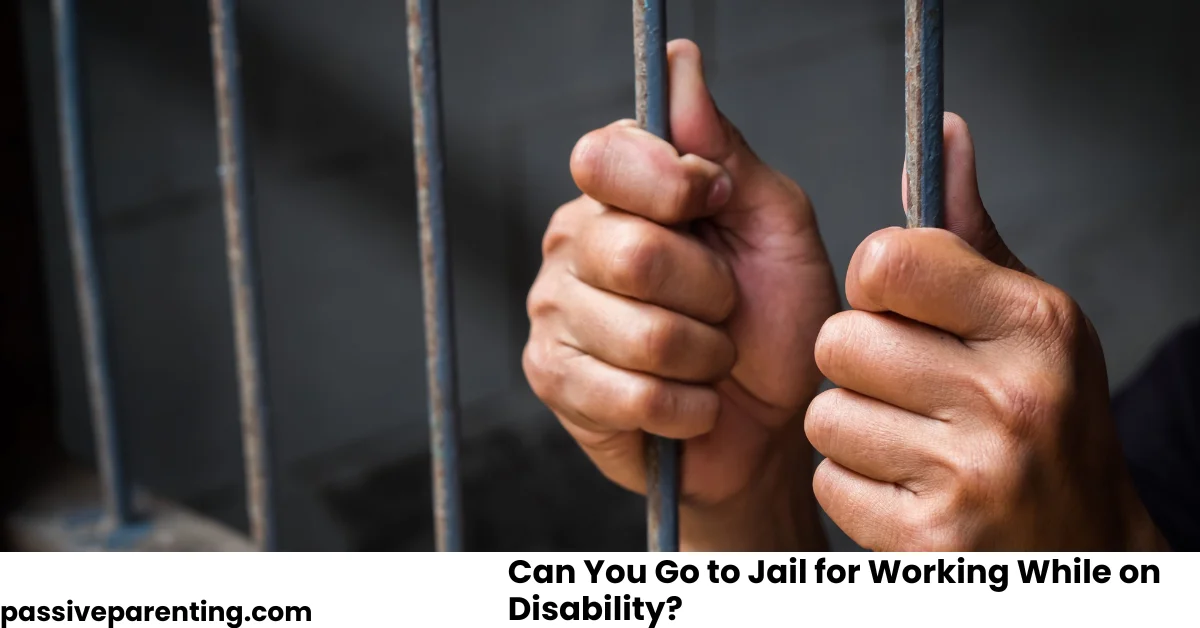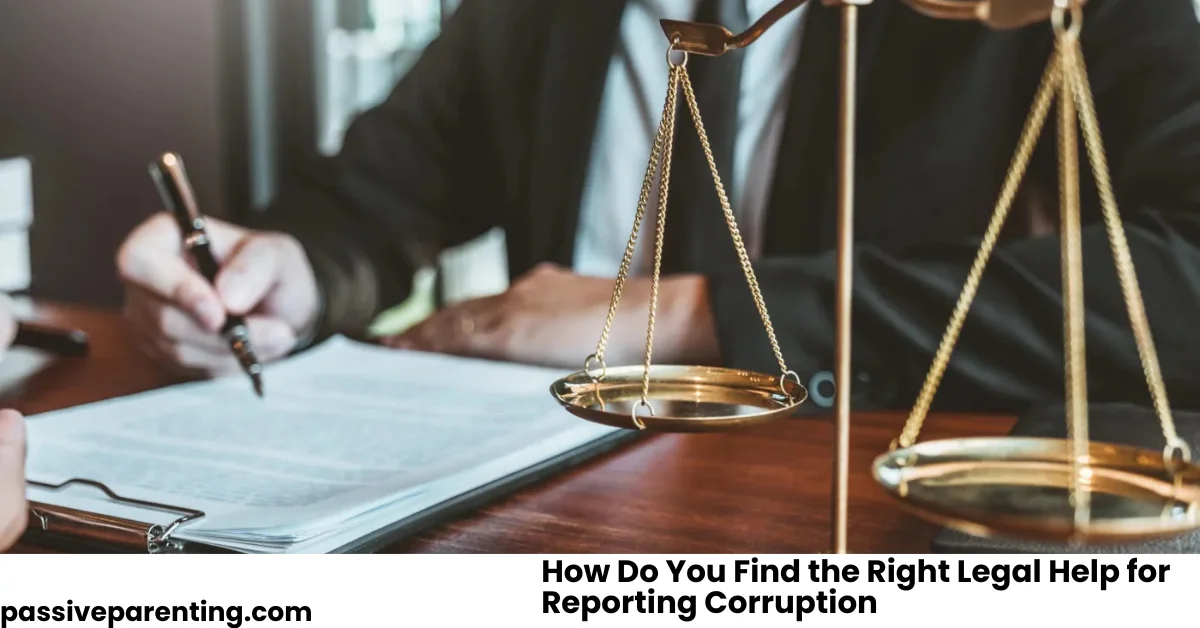If you’re raising kids in Florida, you already know the Sunshine State has its quirks. Afternoon storms that appear out of nowhere. Highways that seem to stretch forever. And of course, the family road trips—whether you’re headed to Disney, the Keys, or just to Grandma’s across town. With all that driving, keeping your child safe in the car becomes a top priority.
But here’s the thing: car seat rules aren’t always straightforward. They vary from state to state, and Florida has its own specific guidelines. Parents often wonder, when can I switch from a car seat to a booster? Do the laws change if I’m just driving a short distance? That’s where understanding Florida car seat laws can save you from both confusion and costly mistakes.
This guide is here to help you cut through the noise. We’ll cover what the law actually says, what it means in real life, and a few practical tips to make things easier. Think of it as a handbook—clear, simple, and designed for parents who already have enough on their plates.
Understanding Florida’s Car Seat Laws
Florida’s traffic code sets clear minimum standards for child passenger safety. The main rule is found in Florida Statute 316.613. It requires that children five years old and younger must be secured in a federally approved child restraint device. But the law breaks this down by age:
- Birth to age 3: A separate carrier or an integrated child seat is required. That means your baby or toddler must be in a proper rear-facing or forward-facing car seat, not just buckled with a seat belt.
- Ages 4 and 5: A booster seat, car seat, or integrated seat is required. You have options here, but the child still cannot use only an adult seat belt.
After age 5, the law technically allows kids to use the standard seat belt. But safety experts strongly recommend keeping children in a booster until the seat belt fits correctly across the chest and lap.
Age and Stage Breakdown
The law sets the floor, not the ceiling. Safety groups like the American Academy of Pediatrics recommend going beyond the minimums. Here’s a simple breakdown:
If your child is small for their age, don’t rush to move them up. The law won’t penalize you for keeping them in a booster past age 5.
Common Misunderstandings
Many parents assume short trips don’t matter. They do. Florida law makes no exception for distance. A ride around the block requires the same protection as a highway drive.
Another misunderstanding concerns taxis or ride-shares. Technically, the law still applies, but enforcement is inconsistent. If you use Uber or Lyft often, consider a travel booster or portable seat.
Penalties for Non-Compliance
Violating the child restraint law is a moving violation. You can be fined and given three points on your license. Courts may offer a child passenger safety course instead of points. Still, the cost of a ticket usually outweighs the cost of a booster seat.
Practical Tips for Parents
The law gives room for choice, but safety comes down to fit and proper use. Here are a few practical steps:
- Check the label. Look for the federal approval tag on any car seat or booster.
- Follow height and weight limits. A booster isn’t safe if your child hasn’t reached the minimum weight.
- Use the back seat. Florida recommends all children 12 and under ride in the back. Airbags can injure smaller kids.
- Install correctly. More than half of car seats are installed wrong. Most local fire stations or hospitals offer free checks.
- Upgrade gradually. Don’t rush to move your child to the next stage just because they’ve had a birthday.
Safety Beyond the Law
While Florida car seat laws set the baseline, real safety depends on how you apply them. A seat belt that cuts across a child’s neck is a sign they’re not ready, and a loose chest clip can make a seat useless in a crash.
Think of the law as the minimum speed on a highway. You can drive faster when it’s safe, but you can’t go slower. The same idea applies here. You’re free to keep your child in a booster longer, and experts say you should.
Quick Recap
- Children 0–3 must be in a car seat.
- Children 4–5 must be in a booster, car seat, or integrated seat.
- After age 5, seat belts are legal, but boosters are safer until the belt fits.
- Non-compliance can lead to fines and license points.
- Best practice: rear-face as long as possible, booster until at least 4’9”, and always ride in the back seat.




